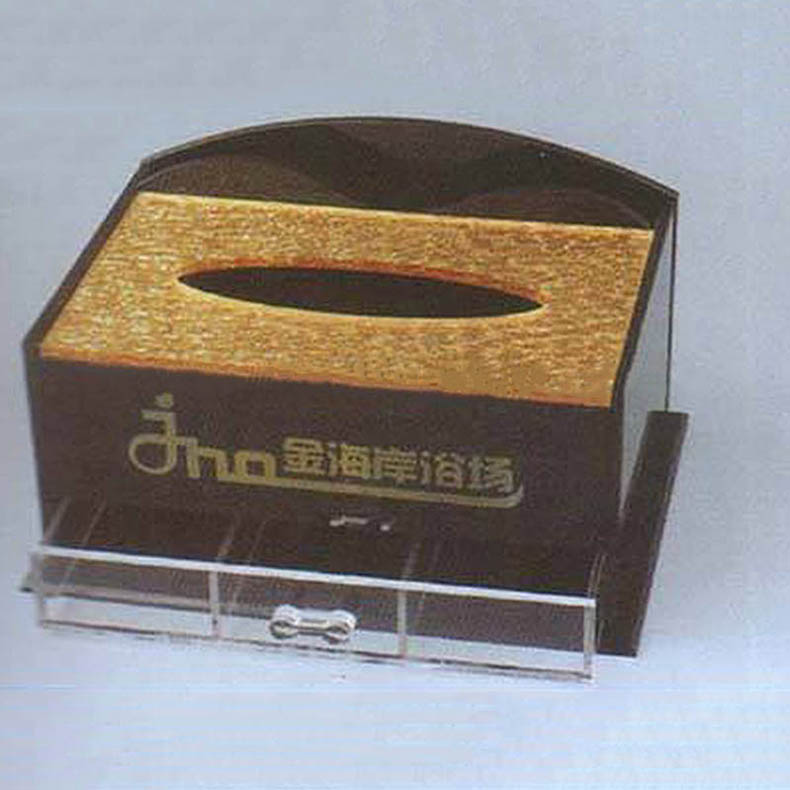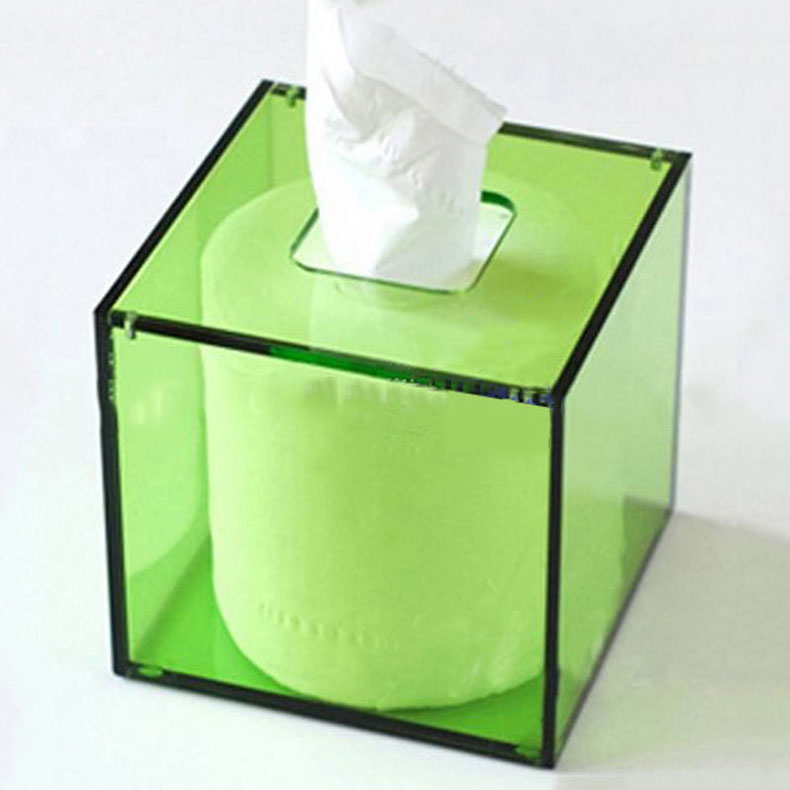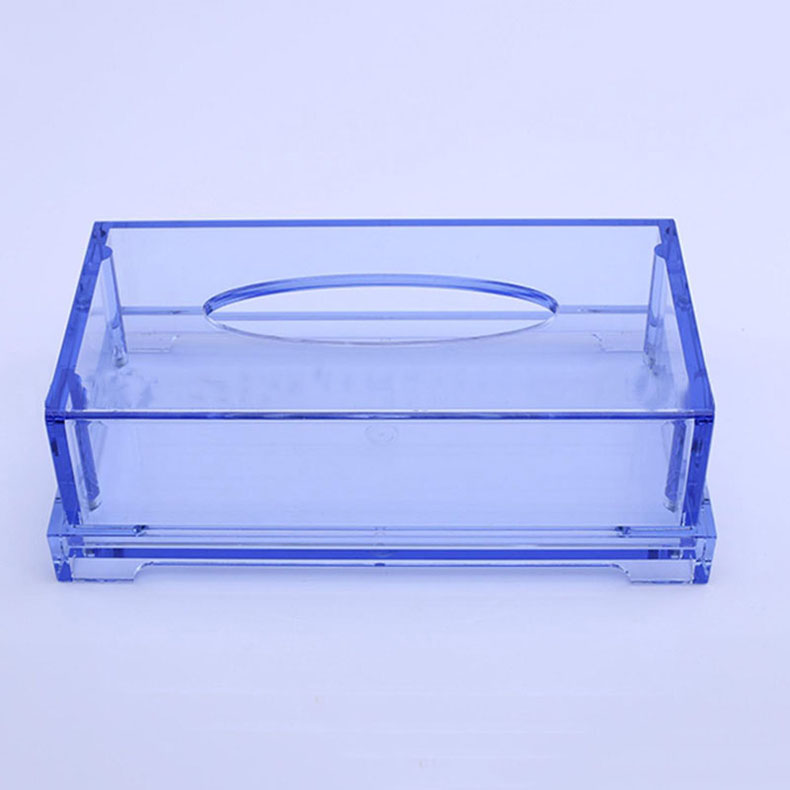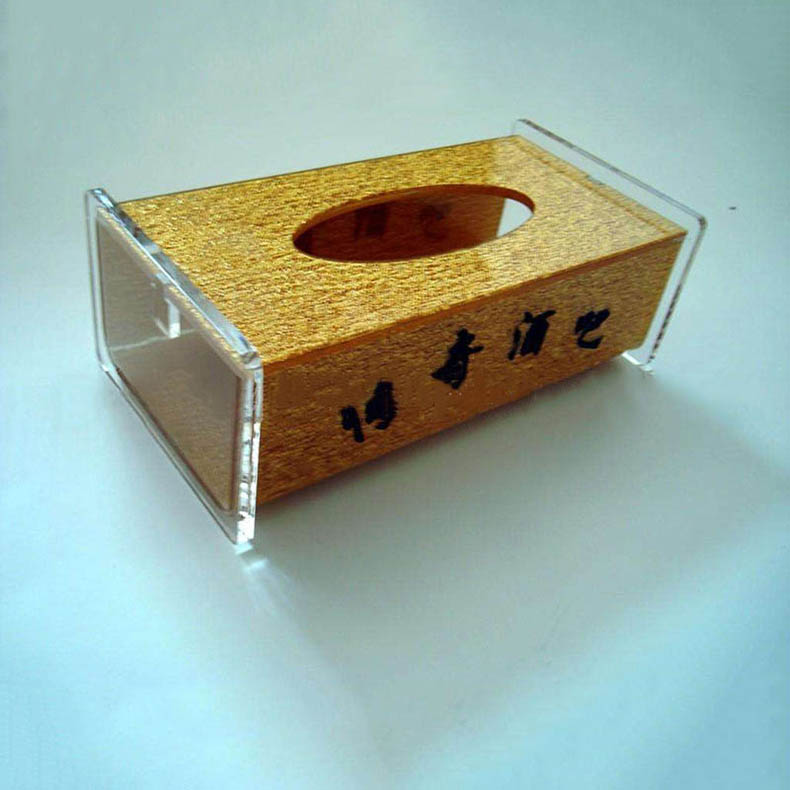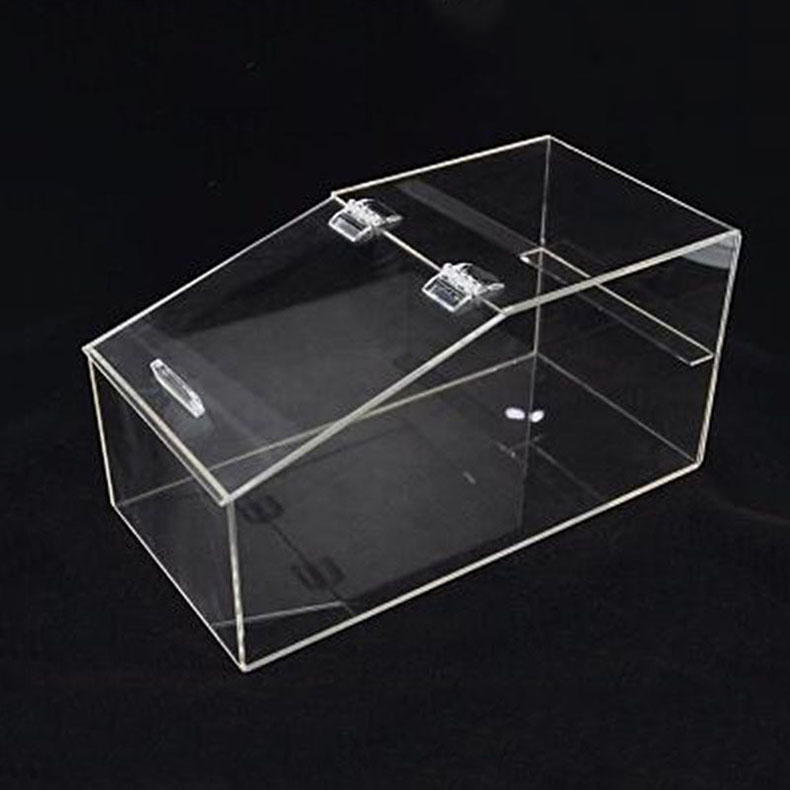Acrylic stools have gained significant popularity in the modern furniture market due to their sleek appearance, transparency, and durability. The production of an acrylic stool is a complex process that involves multiple stages, each requiring precision and expertise. Here is a detailed account of how an acrylic stool is typically produced.
1. Design Conceptualization
The journey of creating an acrylic stool begins with the design phase. Designers draw inspiration from various sources such as contemporary architecture, interior design trends, and user needs. They use computer - aided design (CAD) software to bring their ideas to life. During this stage, factors like the stool’s shape, size, height, and weight - bearing capacity are carefully considered.
For instance, if the stool is intended for a modern minimalist living room, the design might feature clean lines and a simple geometric shape. On the other hand, if it is for a trendy café, the design could be more creative and unconventional. Designers also take into account ergonomic principles to ensure that the stool provides comfortable seating. They may create multiple design prototypes and present them to clients or stakeholders for feedback before finalizing the design.
2. Material Selection
Once the design is finalized, the next step is to select the appropriate acrylic material. Acrylic, or polymethyl methacrylate (PMMA), is available in different grades and qualities. High - quality acrylic is preferred for stool production as it offers excellent clarity, impact resistance, and weatherability.
The thickness of the acrylic sheet is determined by the size and intended use of the stool. Thicker acrylic is used for larger stools or those that need to support more weight. Additionally, the color of the acrylic can be chosen according to the design requirements. Clear acrylic is a popular choice as it gives a modern and airy look, but colored acrylic can also be used to create a more vibrant or eye - catching stool.
3. Cutting the Acrylic
After the material selection, the acrylic sheet is cut into the required shapes and sizes. There are several cutting methods available, each with its own advantages.
Laser Cutting
Laser cutting is a highly precise method that uses a high - powered laser beam to cut through the acrylic. It can create intricate and detailed shapes with clean edges. The CAD design is transferred to the laser cutting machine, which then follows the design path to cut the acrylic. This method is suitable for complex stool designs that require high precision.
Mechanical Cutting
Mechanical cutting involves using tools such as saws or routers. It is a more cost - effective option for simple stool designs. However, mechanical cutting may require additional finishing to smooth the edges. The acrylic sheet is secured on a cutting table, and the cutting tool is guided along the marked lines to cut the acrylic into the desired pieces.
4. Edge Finishing
The edges of the cut acrylic pieces are often rough and sharp after cutting. Edge finishing is an important step to improve the appearance and safety of the stool.
Flame Polishing
Flame polishing is a common method where a flame is passed over the edges of the acrylic. The heat from the flame melts the surface of the acrylic slightly, resulting in a smooth and glossy finish. This method is suitable for clear acrylic as it maintains the transparency of the material.
Sanding
Sanding involves using progressively finer grits of sandpaper to smooth the edges. It can be used to achieve a matte or satin finish, depending on the desired look. Sanding is also useful for removing any small imperfections or burrs on the edges.
5. Assembly
Once the individual acrylic pieces are cut and their edges are finished, it is time to assemble the stool.
Adhesive Bonding
Adhesives are commonly used to join the acrylic pieces together. Special acrylic adhesives are designed to create a strong and clear bond. The pieces are carefully aligned according to the design, and the adhesive is applied to the contact surfaces. Clamps or fixtures may be used to hold the pieces in place while the adhesive dries.
Mechanical Fastening
In some cases, mechanical fasteners such as screws or nuts and bolts can be used, especially for larger or more complex stools. This method provides additional strength and stability. However, it may require pre - drilling holes in the acrylic pieces, which needs to be done carefully to avoid cracking the material.
6. Surface Treatment
After the stool is assembled, surface treatment may be applied to enhance its appearance and durability.
Protective Coating
A protective coating can be applied to make the stool more resistant to scratches and UV rays. This is particularly important if the stool will be used in an outdoor or high - traffic area. The coating can also give the stool a more professional and finished look.
Polishing
The stool can be polished to achieve a high - gloss finish. This not only makes the stool look more attractive but also helps to remove any minor surface imperfections.
7. Quality Control
Before the acrylic stool is ready for the market, a rigorous quality control process is carried out.
Visual Inspection
The stool is inspected visually for any defects such as cracks, bubbles, or uneven surfaces. The color and transparency of the acrylic are also checked to ensure that they meet the design specifications.
Structural Testing
The structural integrity of the stool is tested by applying a certain amount of weight to it. This ensures that the stool can support the intended load without collapsing or deforming.
Dimension Checking
The dimensions of the stool are measured to ensure that they match the design. Any deviations from the specified dimensions may affect the functionality and aesthetics of the stool.
In conclusion, the production of an acrylic stool is a meticulous process that requires a combination of design skills, technical expertise, and quality control measures. From the initial design concept to the final quality check, each step plays a crucial role in creating a high - quality and visually appealing acrylic stool.



